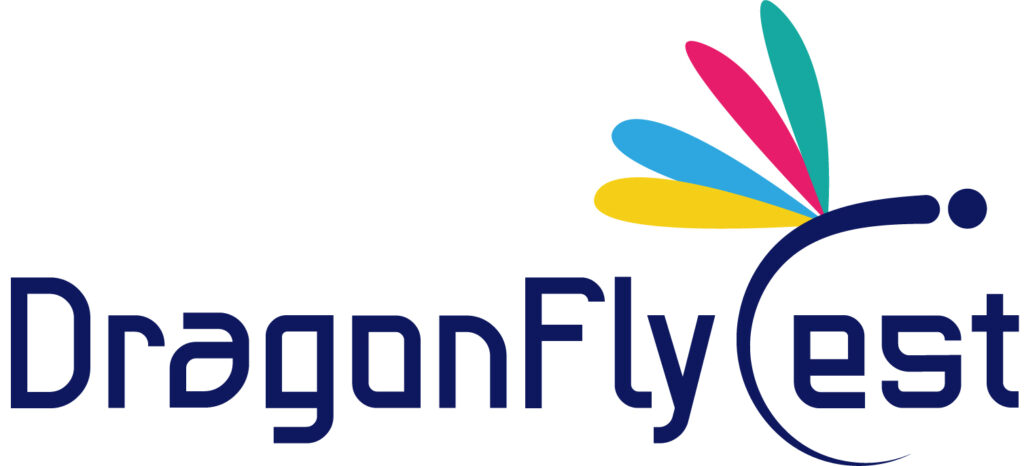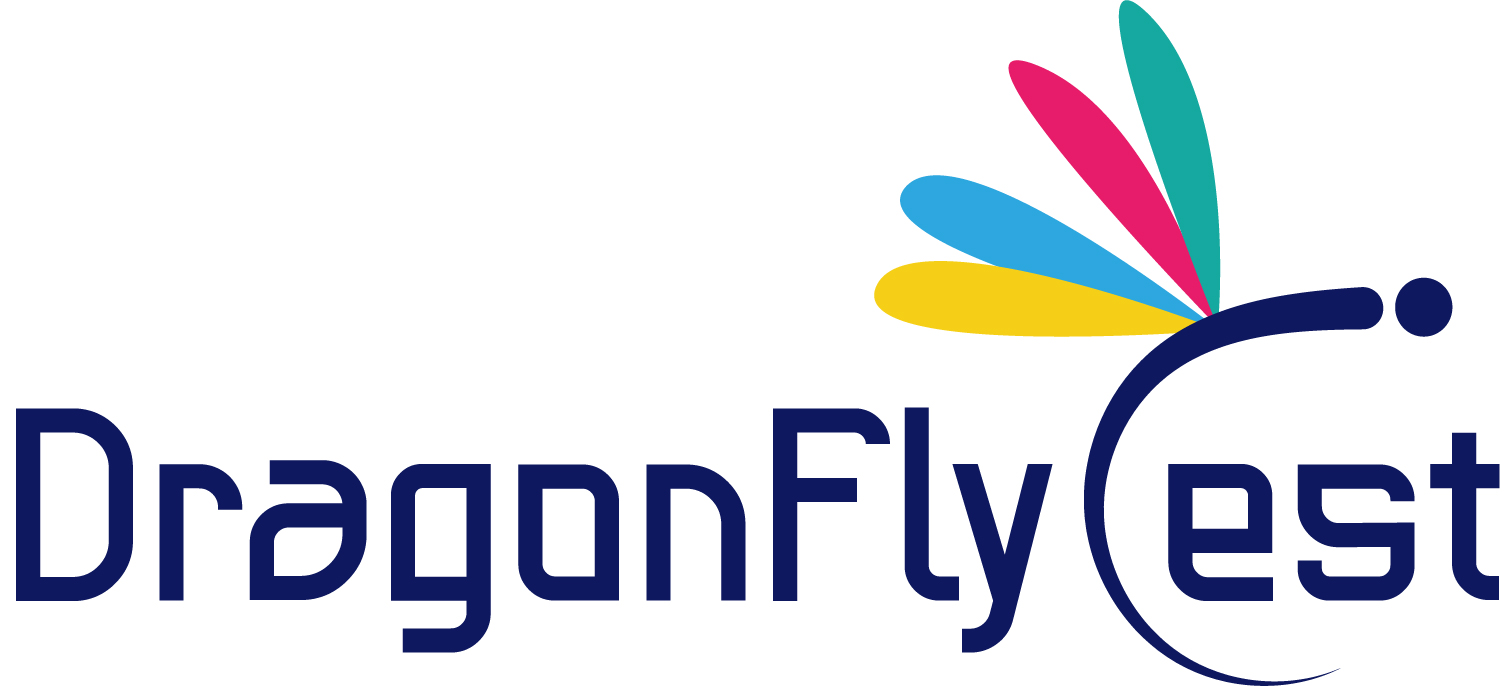In today’s fast-paced world, we want everything to be quick and efficient. From instant gratification on social media to one-day delivery of our online purchases, speed is everything. And when it comes to websites, the need for speed has never been more important than now! In 2023, slow-loading websites will no longer be tolerated by visitors or search engines. So buckle up and get ready as we explore why websites must load faster in 2023 – because slow and steady just won’t win the race anymore!
Table of Contents
ToggleStatistics: How Fast Should a Website Load in 2023?
Websites must load faster in order to meet the needs of users who expect instant gratification. In today’s world, people are used to getting what they want immediately. They expect websites to load quickly and efficiently, and if a site doesn’t meet their expectations, they will simply move on to the next one.
According to statistics, the average website loading time was 7 seconds in 2018. This number is expected to decrease to 2.4 seconds by 2023. The reason for this decrease is that users are becoming more impatient and less tolerant of slow-loading sites. With the ever-growing popularity of mobile devices, users are now accessing the internet from anywhere and at any time. They expect websites to be just as accessible and responsive as their mobile apps.
To meet the demands of users, website owners must make sure that their sites are fast and efficient. There are a number of ways to improve website speed, such as using caching, optimizing images, and minifying CSS and JavaScript files. Implementing these techniques can help website owners keep up with the competition and provide a better user experience.
Factors Affecting Website Load Times
There are many factors that affect website load times. The most important factor is the server response time, which is the time it takes for the server to send back the first byte of data after receiving a request from the browser. Other factors include file sizes, number of HTTP requests, and use of caching.
Time to First Byte (TTFB) This is the amount of time it takes for the server to send the first byte of data to the browser. The faster the TTFB, the faster the website will load.
Page Load time is the amount of time it takes for a web page to load. This includes all content on the page, including text, images, and other elements.
Server response time is determined by the speed of the server, the network connection, and the amount of traffic on the site. If your server is slow or your network connection is poor, your website will take longer to load.
The Largest Contentful Paint (LCP) is a performance metric that measures how long it takes for the largest element on a page to load. The LCP can be an image, a text block, or anything else that is the largest element visible on the screen.
File sizes File sizes also play a role in website load times. Larger files take longer to download and can slow down a website. Image sizes can also contribute to slower load times, as larger images take longer to download.
First Input Delay (FID) is the amount of time it takes for a user to interact with a web page after it has been loaded. This can be caused by various factors such as JavaScript rendering, network latency, and server response time.
HTTP requests: The number of HTTP requests also affects load times, as each request adds to the overall time it takes to load a page. Caching can help reduce load times by storing frequently accessed files so they don’t need to be downloaded again each time a user visits a page.
You can improve your website’s load times by optimizing your server response time, reducing file sizes, minimizing HTTP requests, and using caching.
Understanding the Impact of Website Speed on User Experience and SEO
Slow website speed can have a negative impact on both user experience and SEO. User experience is negatively affected because users are likely to become frustrated with a slow loading site and may give up on trying to access the content. This could lead to lost potential customers or conversions. Slow website speed can also affect SEO because search engines use page load time as a ranking factor. This means that a slow loading site could be ranked lower in search results, leading to less traffic.
Technical Solutions to Improve Website Speed
There are a variety of technical solutions that can be implemented in order to improve website speed. Some of these solutions include:
1. Optimizing images and other media files: This involves reducing the file size of images and other media files without compromising on quality. This can be done using tools like Photoshop or online services like TinyPNG.
2. Minifying CSS and JavaScript files: This process involves removing all unnecessary characters from CSS and JavaScript files, such as whitespace, comments, and unused code. This can be done using tools like YUI Compressor or Google Closure Compiler.
3. Leveraging browser caching: Browser caching allows frequently accessed resources to be stored locally on a user’s computer, so that they don’t have to be downloaded from the server each time they are accessed. This can be achieved by setting appropriate Cache-Control and Expires headers for static resources.
4. Gzip compression: Gzip is a commonly used method for compressing files before they are sent over the network. It can significantly reduce the amount of data that needs to be transferred, which can lead to faster page loads.
5. Use a content delivery network (CDN): A CDN is a collection of servers located around the world that deliver content to users based on their geographic location. This can help to improve page load times by reducing the distance that data has to travel.
Advantages of Faster Loading Websites
We live in a fast-paced world where people are used to instant gratification. This need for speed also applies to the internet. In fact, studies have shown that people expect websites to load in two seconds or less. If a website takes longer than that to load, users are likely to abandon it and move on to another site.
There are many advantages of faster loading websites. For one, it creates a better user experience. Users are more likely to stay on a website that loads quickly and are less likely to get frustrated and leave. Additionally, faster loading websites can improve search engine rankings since Google now uses page speed as a ranking factor. And finally, faster loading websites can lead to increased conversions since users are more likely to complete a purchase if the website they’re using loads quickly.
So if you’re looking to improve your website, one of the best things you can do is work on increasing its speed.
Challenges of Achieving Optimal Website Load Time
There are a number of challenges that can impact website load time and prevent optimal performance. These include:
-Slow server response times
-Large or unoptimized images
-Inefficient code
-Too many HTTP requests
Each of these issues can have a significant impact on website load time. To achieve optimal performance, it is important to identify and address these challenges.
Conclusion
The need for speed is only going to increase in 2023, and websites must be prepared. With the rise of mobile devices, users will expect even faster loading times from their favorite sites. By investing in web performance optimization strategies such as caching, compression, and code minification now, website owners can ensure that their sites are ready for the next generation of speedy internet. It’s time to get ahead of the game and start preparing for a faster future!



